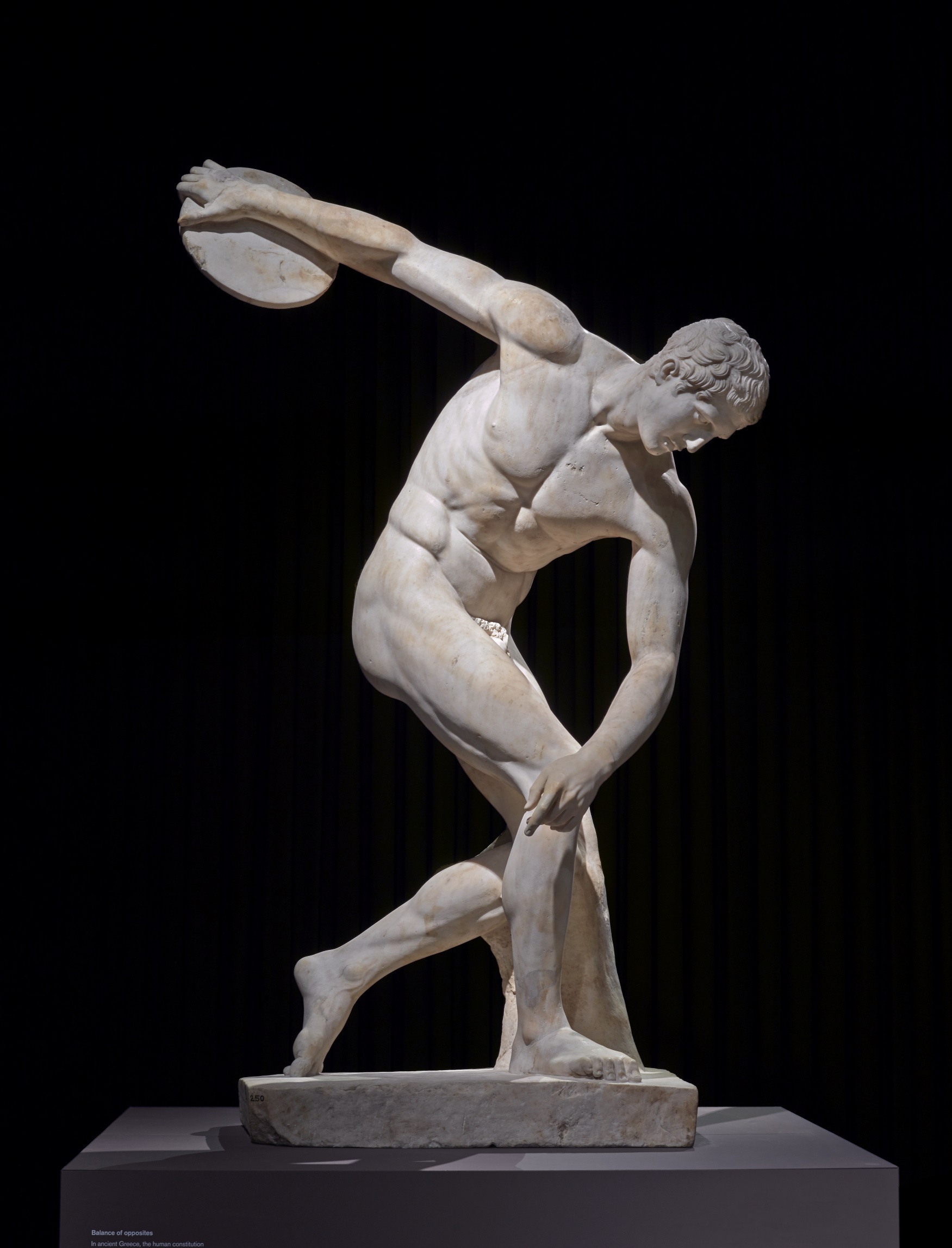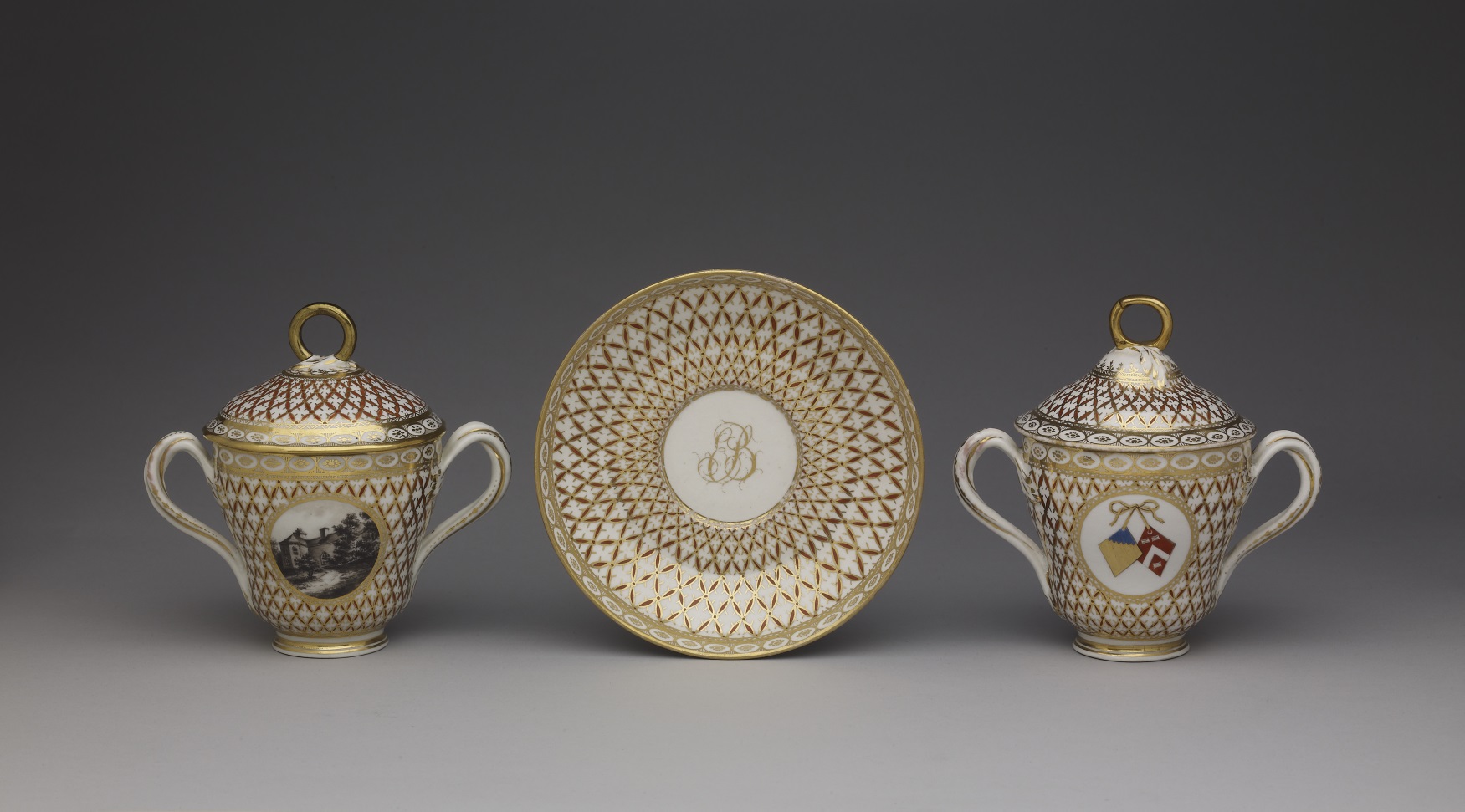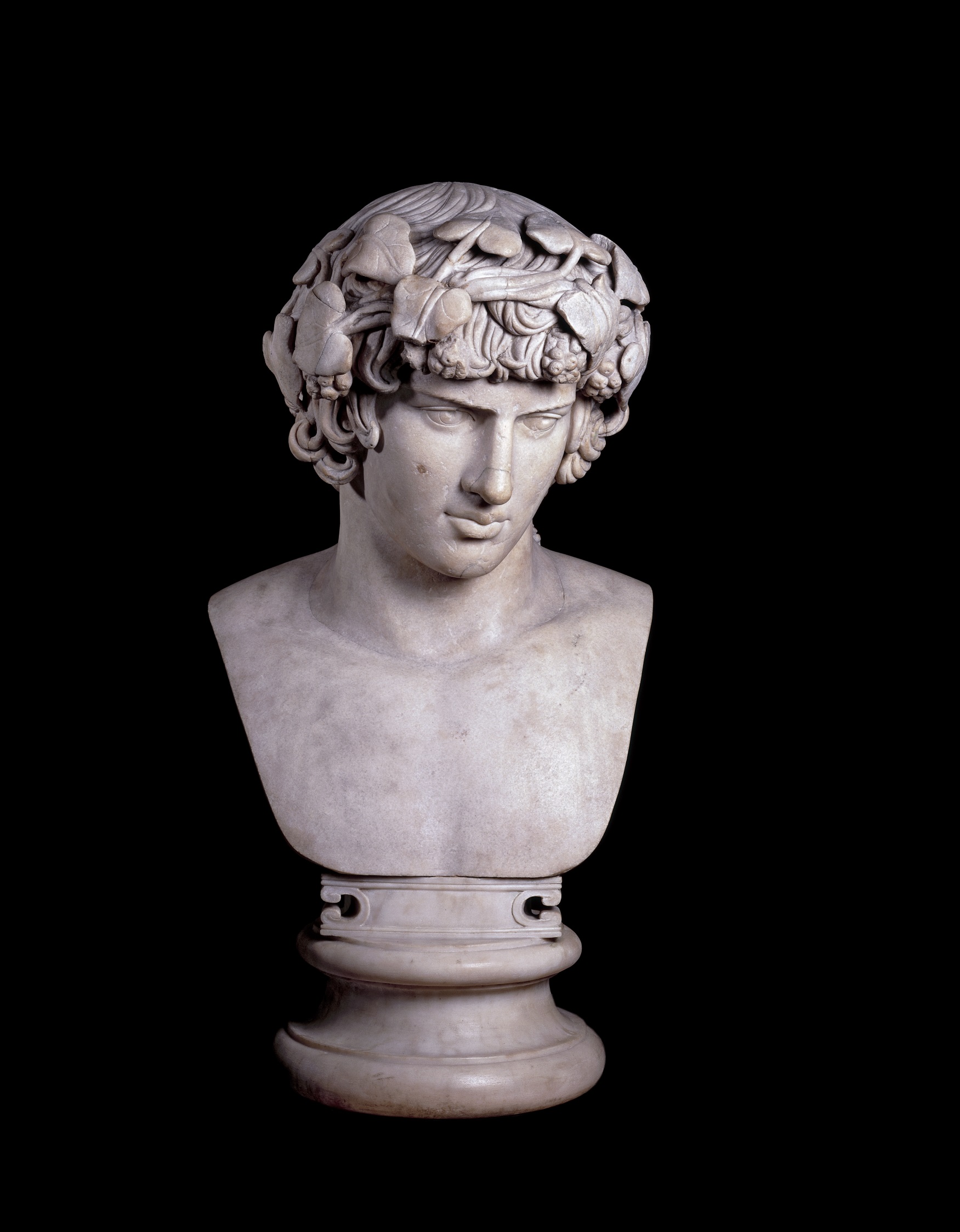
The British Museum is taking the world’s earliest known depiction of a couple having sex around the country – while also launching a tour of LGBTQ objects in its collection.
Ain Sakhri Lovers is thought to be 11,000 years old and features two figures, both of “ambiguous” gender, “making love, face-to-face in a sitting position”.
Discovered in a cave near Bethlehem, the figurine has an overall “phallic shape” and may have been used by the Natufians for rituals associated with fertility.
The object will tour the country for the first time in the Desire, Love Identity: Exploring LGBTQ Histories exhibition tour, travelling to Oxford, Nottingham, Bolton and Norwich.

The museum also announced on-site tours, at its famous London venue, of LGBTQ objects.
Highlights of the tours, to take place next year, could include a 4,000-year-old Babylonian deity, the Queen Of The Night.
She is thought to be a manifestation of the fierce goddess Ishtar, who was “credited with gender bending powers”, and has been known to sometimes sport a beard.

During public ceremonies performed by followers of the cult of Ishtar, temple guards would walk through the streets dressed as men on half of their bodies and as women on the other half.
And a surviving poem describes how Ishtar could “turn men into women, women into men”.
Other objects could include The Warren Cup, from the 1st Century, depicting men having sex while being watched by a servant.
The cup was impounded by US customs as pornography in 1953.
The British Museum turned down an offer to purchase the object in the 1950s but bought it in 1999 for a then record £1.8 million.
Highlights could also feature hot chocolate cups once belonging to an 18th Century aristocratic female couple, who shared the same bed and were known as “the two most celebrated virgins in Europe”.

Other objects could include a marble bust of Antinous, whose love affair with Roman emperor Hadrian is one of the most famous in antiquity.
According to documents from the time, Hadrian “wept like a woman” at his lover’s death.
British Museum director Hartwig Fischer said the museum wanted volunteers to lead the tours and decide on their content and how they are delivered.
“The British Museum has always been open to everyone, presenting all cultures to visitors from around the world,” he said.
“It is hugely important that institutions like ours meaningfully present LGBTQ art and history, so I am delighted that we are offering these new tours that explore the LGBTQ experiences found throughout our collection, both ancient and modern.”

Before the opening of the physical tour, the museum will launch an audio tour, available on streaming services and to download, narrated by actors Fiona Shaw and Simon Russell Beale.
Beale said: “People might be surprised how many objects in the British Museum have LGBTQ connections.
“Many might even have seen some of them on display without knowing how they relate to queer history.
“I’m thrilled that thanks to this new audio tour these stories will now take pride of place.
“Same sex desire has existed in all societies and it is really important that the British Museum is highlighting this.”
An expanded version of the museum’s Desire, Love, Identity: Exploring LGBTQ Histories exhibition will go on a national tour, starting in September.
Featuring Ain Sakhri Lovers, it will travel to the Ashmolean Museum, Oxford; the National Justice Museum, Nottingham; Bolton Museum And Library Service, and Norwich Millennium Library.


Comments: Our rules
We want our comments to be a lively and valuable part of our community - a place where readers can debate and engage with the most important local issues. The ability to comment on our stories is a privilege, not a right, however, and that privilege may be withdrawn if it is abused or misused.
Please report any comments that break our rules.
Read the rules here